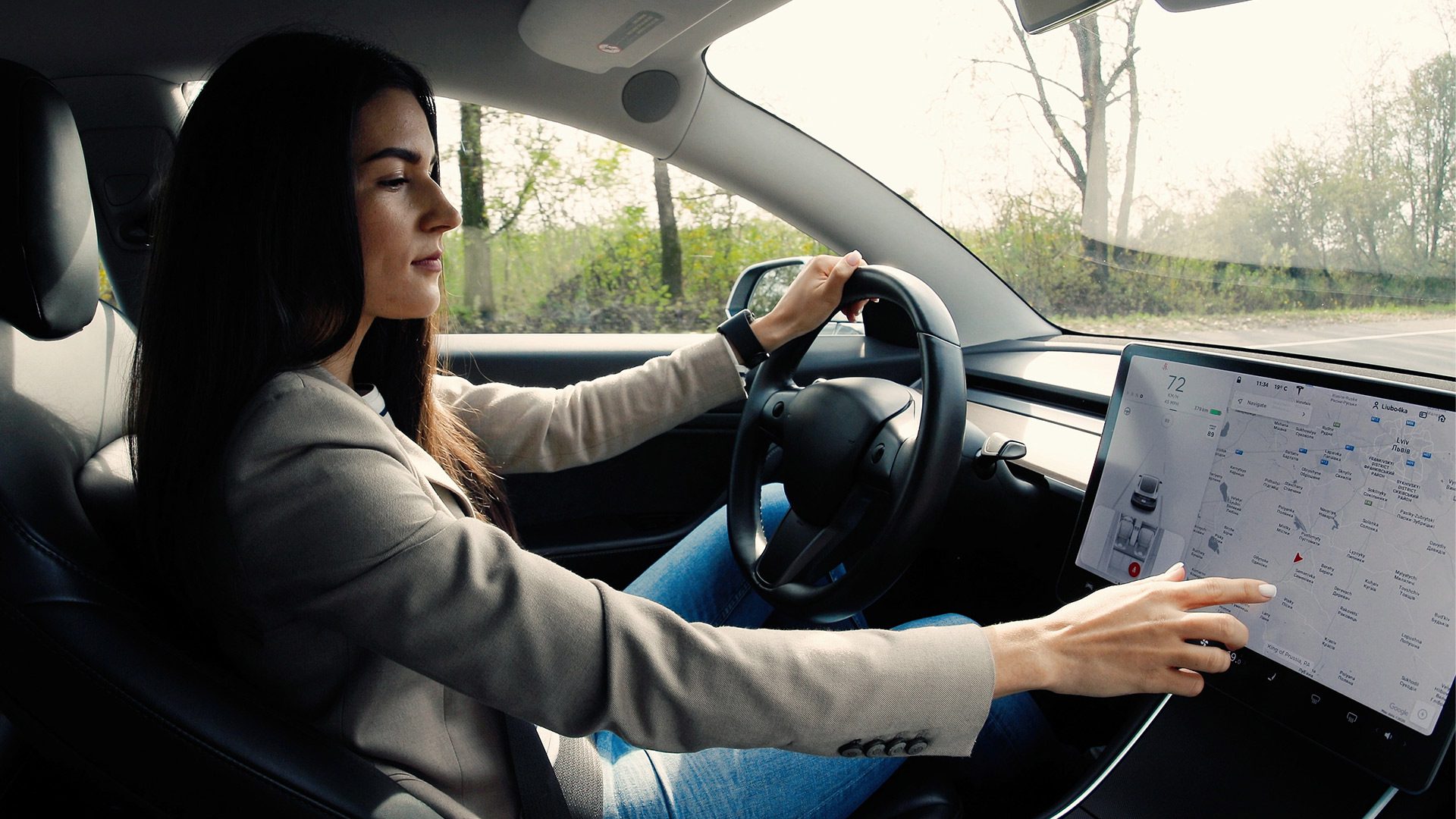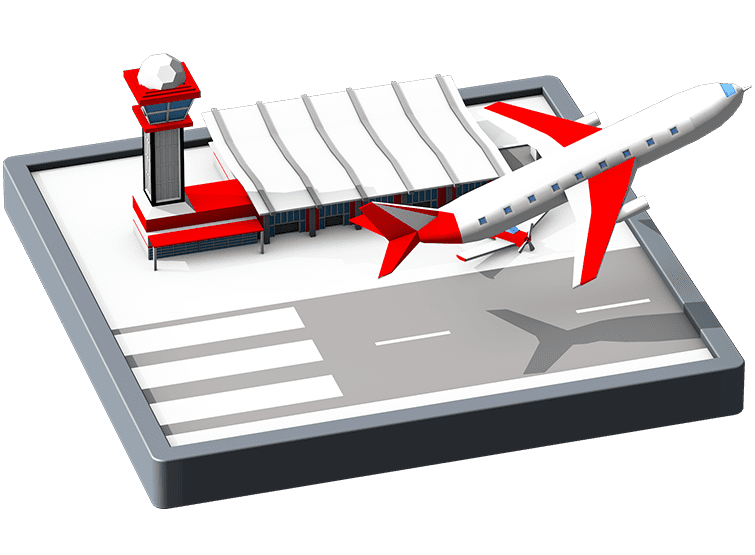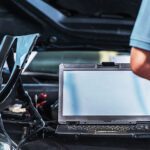Automotive Electrification Brings Opportunity for Smart Cities
Automotive electrification, connected transportation infrastructure, and high-speed communication systems are converging to create a safer, more efficient, and more connected automotive ecosystem in cities around the world.
Automotive electrification has transformed every vehicle, not just EVs. Safety systems, driver assist technologies, and connected entertainment, navigation, and communication tools have transformed the driving experience. In the early 2000s, electronics accounted for less than 20% of the total cost of a vehicle; in 2020, it was up to 40%, and by 2030, analysts expect electronics to account for about half of the price of a new car. On the electric car front, according to the IEA, EVs accounted for around 18% of all cars sold in 2023, up from 14% in 2022 and only 2% five years earlier, in 2018. Technology is pushing the transportation industry forward more quickly than many expected. The next challenge is to support this growth with connected infrastructure.

A gap remains between demand for EVs and charging infrastructure. Automotive electrification is most accessibility to care owners who charge at home. However, infrastructure is slowly coming online around the world, and with these charging points comes new opportunities to implement other smart city technologies such as wireless roadway vehicle charging, vehicle-to-vehicle and vehicle-to-infrastructure connectivity, and clean power sources such as solar and wind energy to supplement electricity demand.
These technologies will improve how we get around, the efficiency in which we do so, and the safety of our cars and other modes of transport. I’m excited about these advancements and how they are changing and improving transportation for all of us.
- Eliminating the need for a human driver. Companies are looking toward driverless vehicles to cut costs and increase efficiency. With autonomous capabilities, we will see driverless material transport and rideshare services.
- Battery Just as AI learns your phone use patterns and behaviors and charges your phone accordingly to best utilize your battery, EV systems will enable the most efficient use of batteries.
- Predictive maintenance. Smart cars can predict when maintenance should be performed on a vehicle and communicate when problems are detected early so repairs can be made.
- In-cabin assistance. Technologies utilized on the outside of vehicles for environment perception, such as machine vision and mmWave radar sensors, may also be used inside the cabin to monitor the driver’s heart rate, breath rate, head movements, eye movements, etc., to determine whether they are tired or unable to operate a vehicle safely.

- IoT and cars. Mechanics will soon be able to get full rundown of what’s going on before ever opening the hood of the car using connected technologies to diagnose problems.
- Connected convoys. Enabling vehicles to communicate with each other on the road opens the door to new levels of cooperation. For example, by using connected technology, companies will be able to create much more efficient convoys. Trucks that can follow close behind one another on a pre-established route, on a pre-determined schedule that takes traffic into consideration, will save fuel, reduce air resistance, and improve delivery times.
- Car-to-car road insights Connected vehicles can share real time information about traffic and road conditions with others in the vicinity. If a car traveling on the road encounters heavy traffic or emergency vehicles, that information can be communicated to the vehicles behind it or within the area, giving them the opportunity to find a new route. This also applies to common driving hazards such as deer on the road, icy patches and more, not only improving efficiency, but also safety.
A Fully Connected Automotive Ecosystem
Automotive electrification is the beginning of a new landscape in transportation connectivity. The ability for vehicles to connect not just with each other, but also with mobile devices and smart ecosystems (smart cities, smart infrastructure, etc.) is an exciting prospect. Rather than rely solely on machine vision systems to perceive what’s around them, key objects within communication range can provide feedback to reduce computational burden and increase confidence in what the vehicle “sees.” These objects could include smartphones to identify pedestrians, traffic lights to manage traffic flow at intersections, and road signs to enforce traffic laws.

Furthermore, smart infrastructure has the potential to streamline how autonomous vehicles navigate from point A to point B. Beacons staggered along roads and streets can broadcast location data for vehicles to utilize when GPS signals are weak or lost entirely (e.g., when driving through tunnels or among tall buildings). Smart parking meters can charge vehicle owners directly, based precisely on how long the space was occupied. Streetlights can increase their brightness as vehicles approach them to increase visibility and decrease their brightness the remainder of the time, to conserve energy.
Taking Security into Consideration
While vehicle connectivity can simplify much of the autonomous functionality of future transportation, it takes a massive amount of data for everything to work together. This introduces the complex problem of managing and making sense of said data to effectively utilize the information. Additionally, it’s more important than ever to put safety measures in place to ensure the data doesn’t fall into the wrong hands. We need to ensure hackers can’t take control of cars or other elements of connected infrastructure. Luckily, microcontrollers and microprocessors are increasingly providing more hardware security features, which better facilitate secure communications, ensure firmware integrity, and prevent sensitive data from being exposed.
Automotive electrification is opening up seemingly endless opportunities. It’s an exciting time to be in this space to help create a connected-ecosystem and be a part of the future of the automotive industry.
For more on the future of mobility, check out DigiKey’s City Digital Series (season 3). Visit DigiKey online to learn more about solutions for Smart Cities.
Like this article? Check out our other articles on Connected Vehicles and Smart Cities, our Automotive Market Page, and our 2024 Article Archive.
Subscribe to our weekly e-newsletters, follow us on LinkedIn, Twitter, and Facebook, and check out our eBook archives for more applicable, expert-informed connectivity content.





